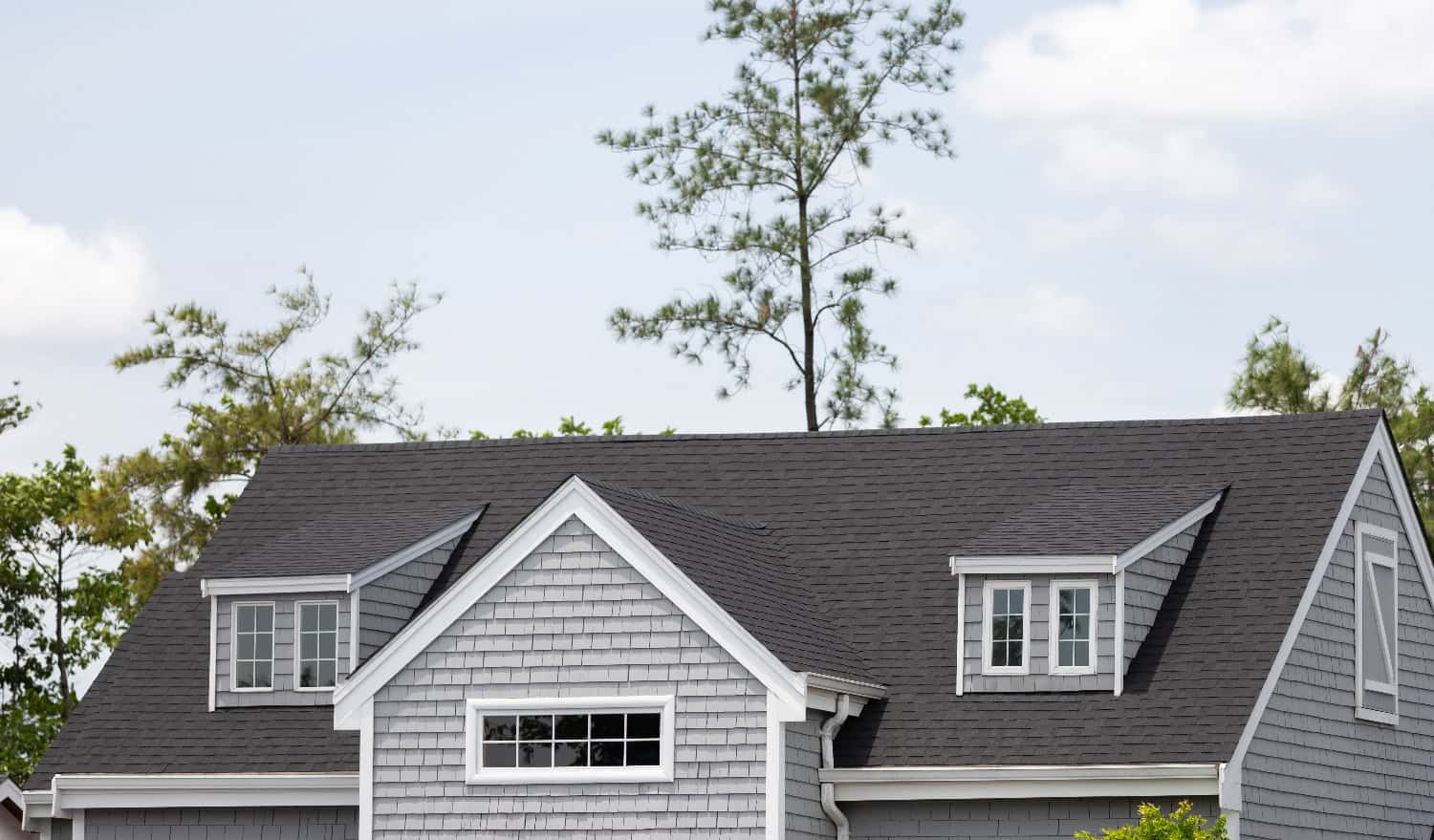Choosing the right material for a low-slope or flat roof can be daunting. Asphalt roll roofing offers a blend of cost efficiency and ease of application, attractive for new installations and reroofing projects. This guide compares asphalt roll roofing to its alternatives, discusses the benefits and limitations, and provides actionable installation advice. Discover if it’s the durable, cost-effective solution your project demands.
Inside this blog:
- Asphalt Roll Roofing: A Deep Dive
- The Advantages of Asphalt Roll Roofing
- Step-by-Step Guide to Installing Asphalt Roll Roofing
Asphalt Roll Roofing: A Deep Dive
Asphalt roll roofing is a distinctive roofing material designed for low-slope roofs. This versatile roofing material is comprised of an organic felt or fiberglass mat that’s saturated with asphalt and topped with granular stone aggregate, creating a robust barrier against environmental elements. These features make asphalt roll roofing an excellent choice for homeowners seeking a cost-effective roofing solution.
Unlike traditional asphalt shingles, asphalt roll roofing:
- Is thinner and less durable
- Can be rolled up for shipping
- Is a convenient choice for both contractors and homeowners
- Delivers a unique blend of affordability and practicality
Overall, the asphalt roofing manufacturers association highlights how asphalt roll roofing sets itself apart in the roofing market.
The Advantages of Asphalt Roll Roofing
One of the main attractions of asphalt roll roofing is its cost-effectiveness. When compared to other options like asphalt shingles or metal roofing, roll roofing presents a much more budget-friendly choice. This cost efficiency extends to installation as well, with the cost to install roll roofing generally being cheaper than shingles.
Another significant advantage of asphalt roll roofing is its quick installation. Thanks to its longer sheets, this roofing material offers fewer seams, reducing the likelihood of leaks. The ease of installation also makes it an attractive option for a variety of projects.
Asphalt roll roofing is also remarkably versatile. Its adaptability makes it suitable for a wide range of applications, including flat and low-slope roofs. This versatility allows it to be used in a variety of residential and commercial projects, making it a go-to choice for many property owners.
The Disadvantages of Asphalt Roll Roofing
Despite the numerous advantages of asphalt roll roofing, it’s necessary to also take into account its shortcomings. Its lighter weight makes it susceptible to temperature-induced shrinkage and tearing, resulting in a shorter lifespan, ranging from 10 to 20 years.
Moreover, the thinner composition and installation method of asphalt roll roofing makes it more prone to damage from severe weather conditions, such as hail or high winds. This vulnerability can lead to increased maintenance needs and potential replacement costs.
Another consideration is aesthetic appeal. Asphalt roll roofing typically lacks the visual charm of asphalt shingles, potentially leading to raised seams or ragged edges, which can contribute to a less attractive finish on a home.
Despite these disadvantages, asphalt roll roofing remains a popular choice due to its affordability and ease of installation, making it a viable alternative to low-cost composite shingles.
Choosing the Right Roof Type for Asphalt Roll Roofing
The effectiveness of asphalt roll roofing is significantly influenced by the type of roof it’s applied to. This roofing material is best suited for roofs with a pitch of less than 2:12, making it an ideal choice for low-slope roofs. On the flip side, it’s not designed for steep-slope roofs, as it may not provide adequate water drainage for such structures.

Tools and Materials Needed for Asphalt Roll Roofing Installation
Having acquainted ourselves with asphalt roll roofing and its best applications, we can now shift our focus to the process of installing hammered-down rolled roofing. Essential tools for this process include:
- Ladder
- Power nailer or hammer
- Flat pry bar
- Measuring tape
- Carpenter’s square
- Utility knife
- Tin snips
- Broom
- Chalkline
In terms of materials, you’ll need:
- The roll roofing material itself
- Flashing
- Nails for flashing
- Roofing cement
- Either roofing felt or primer
These mineral-surfaced materials can typically be found at your local hardware store or online.
Step-by-Step Guide to Installing Asphalt Roll Roofing
With your roof now duly prepared, you can proceed with installing roll roofing. Start by organizing your materials and laying out the rolled roofing sheets. Cut them into lengths of 12-18 feet and allow them to flatten for easier application.
Next, apply roofing cement or asphalt adhesive evenly across the roof area. Unroll the roofing material onto the adhesive, pressing firmly to secure it. Make sure to nail the edges at 10-inch intervals, 1 inch from the edge, along the bottom and sides.
As you add each new roll, ensure that it overlaps by at least 4 inches with the previous one to prevent leaks. Seal seams with lap cement or an asphalt-based sealant for added protection.
Once all the rolls are securely in place, trim any excess roll roofing material. Ensure a professional finish with at least a 4-inch overlap for each layer. With these steps, you’ll be well on your way to successfully installing your asphalt roll roofing.
Preparing Your Roof for Asphalt Roll Roofing
Proper roof preparation is a necessary step before commencing the installation of your asphalt roll roofing. This involves a meticulous cleaning of all debris, leaves, and dirt from the roof surface to ensure proper adherence to the material and overall safety.
Although roll roofing can be installed without underlayment, it’s advisable to lay a layer of felt underneath as it adds additional insulation and protection against moisture, thereby extending the life of the roofing material. During this preparation phase, don’t forget to wear long pants and work gloves to safeguard against potential cuts and abrasions.
Give Your Roof a Makeover
Asphalt roll roofing offers a cost-effective and versatile roofing solution, making it a popular choice for many homeowners. Understanding this material and how to install it can help you make the most of your roofing project. Remember, the key to a successful roofing project is careful planning, preparation, and regular maintenance.
When your roof needs a revamp, we’ll be there. At Clean Cut, we specialize in a variety of roofing services. Contact us today to get a free quote for your roofing project.




